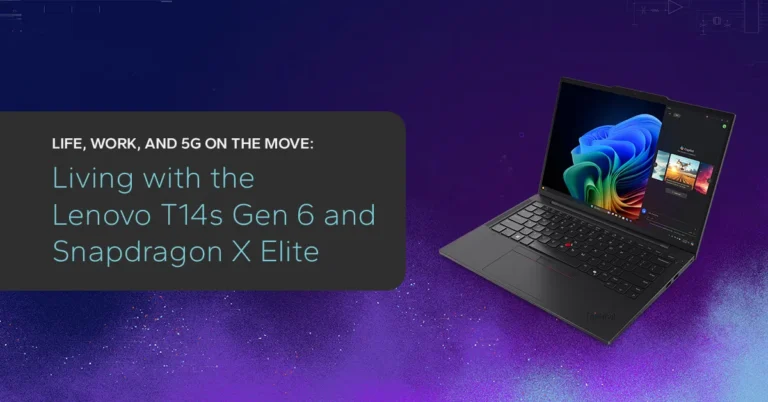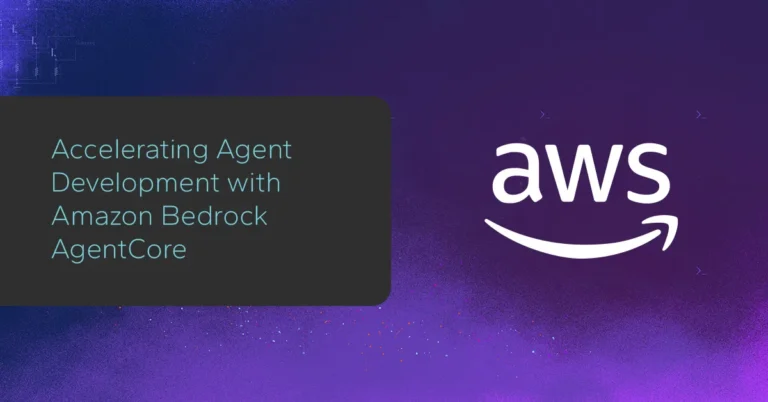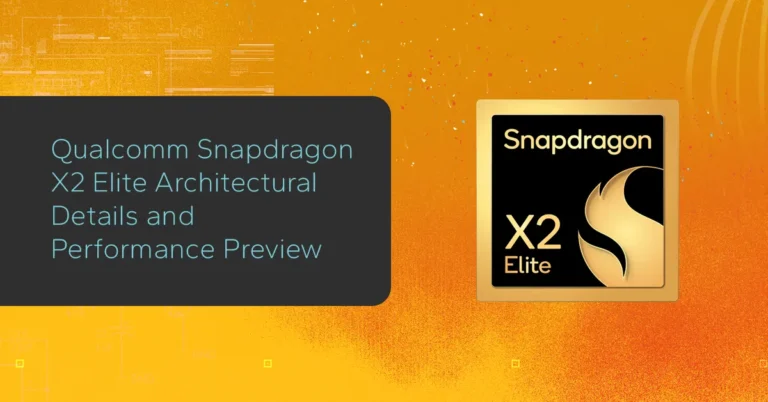Workload Consolidation on IBM LinuxONE
-
 Mitch Lewis
Mitch Lewis
IBM LinuxONE provides a powerful platform to consolidate Linux workloads, reducing cost, space, and power compared to x86 servers.
Today’s IT organizations are tasked with modernizing infrastructure while satisfying several key, yet often contrasting, goals. Improving the performance of IT infrastructure is critical, ensuring that performance meets the growing needs of new applications and increased demand. Security is another top priority, as increases in ransomware and other cyber-threats have become a growing concern. Increasingly, energy consumption must also be factored in to IT decision making due to growing sustainability concerns, corporate ESG initiatives, and data center power limitations. Meanwhile, financial considerations are often the primary driver for IT decision making due to limited budgets, requiring IT organizations to find solutions that meet all of their requirement while staying cost effective.
To balance these challenges and meet their IT infrastructure goals, IT decision makers must carefully evaluate their options in the market. While commodity x86 servers are a common choice for deploying Linux workloads, IBM LinuxONE servers present a compelling solution with notable cost, performance, security, and energy consumption characteristics.
Key to IBM LinuxONE is its workload consolidation capabilities. By leveraging this workload consolidation on IBM LinuxONE, organizations can maintain performance of their applications with fewer physical machines. This consolidation additionally aids in significant cost and energy savings. Software costs, which are often licensed per core, can be dramatically reduced with less physical hardware and a lower overall core count. Reducing hardware additionally frees up data center space, lowers energy costs, and provides management simplicity, resulting in lower operational costs.
The total cost savings of deploying IT infrastructure can be complex, involving factors well beyond the purchase price of hardware, including software costs, energy costs, and labor costs. In addition, these costs should be considered over several years to achieve a comprehensive financial evaluation and understand how costs change over the lifespan of the infrastructure. Total Cost of Ownership (TCO) analysis provides a data-driven approach to explore IT infrastructure costs over time, and such an approach can be used to explore the benefits of IBM LinuxONE servers compared to x86 servers.


